Mystery Woman
Although little is known about the individuals behind this photograph. It’s a photo that was quite typical in the 1800’s.
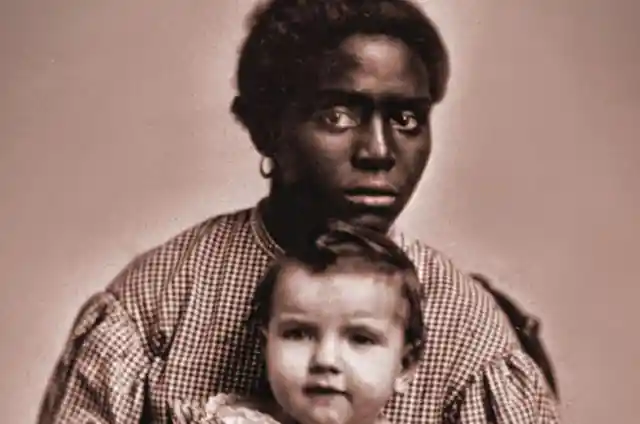
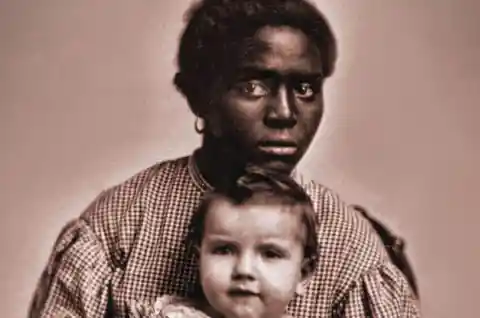
This photo may have been taken around 1855 and shows a group portrait of an African American woman holding a white child, possibly a child who would grow up to be her master. It depicts a devastating period in American history.
Iron Bear
Iron Bear, a chief of the Arikara tribe, located near the Fort Berthold Indian Reservation in North Dakota is pictured in 1868, just before the reservation was officially established.
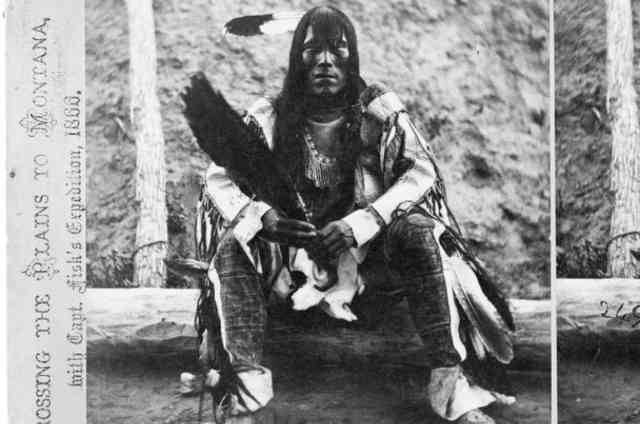
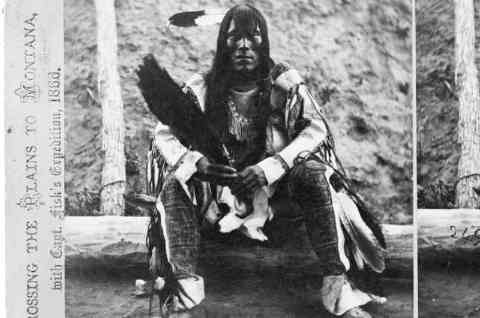
Iron Bear and his people lived as semi-nomadic people on the Great Plains of North Dakota. They lived primarily in villages of earth lodges and portable tipis as they travelled during bison hunts.
Union Soldier
Like many Americans, this Union soldier and his family lived in an area that wasn’t a state until 1867. This state would late become known as Nebraska. He’s pictured with his son and wife in this 1861 portrait.
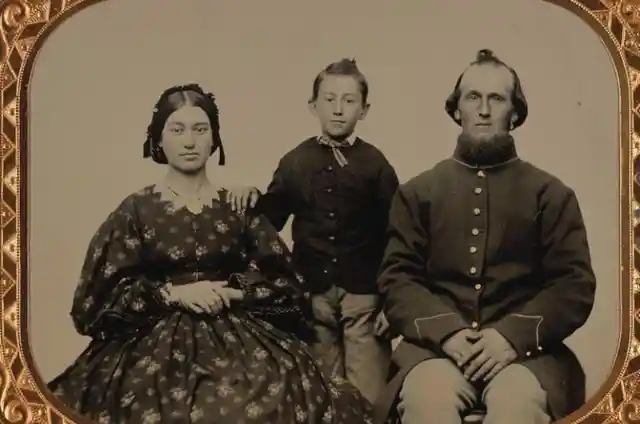
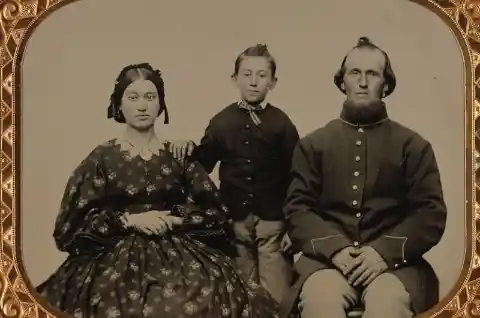
During the American Civil War, he fought to Union of the collective states and the perservation of country as a working and viable republic.
Azayamankawin
This Mdewakanton Dakota woman, named Azayamankawin, was known for her generosity and kindness to others when they were on of her people. This portrait of her was taken in 1862 in Minnesota.
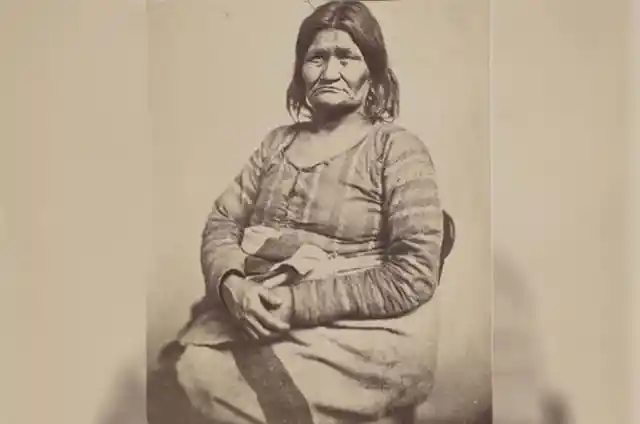
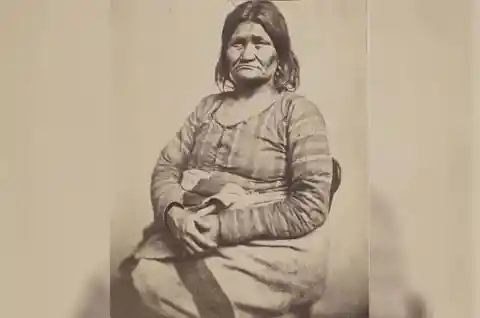
During the Dakota war, she beauty and bravery shined through as she took care of many of the women and children who were taken captive. She later became affectionately known as "Old Betsey" or "Old Bets" by white soldiers and settlers.
View Of The Iron Mountain
Unfortunately, no one knows who this old woman is, but she was the subject of the first-ever photograph in Missouri. This image is also sometimes known as “View of the Iron Mountain” and highlights this woman’s long life.
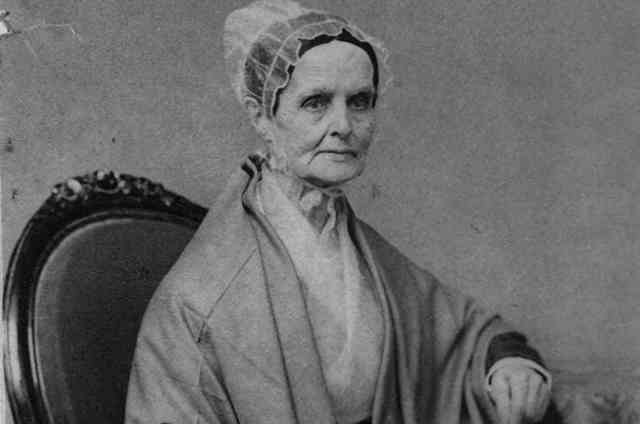
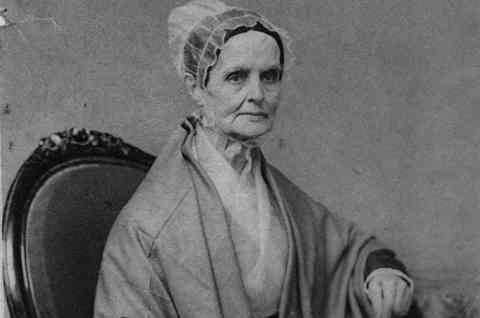
Her poise and wise eyes translate through the old photo and offer the story of her life through the imagination.
Lookout Mountain
Dated in and around 1860, Robert Linn took this photograph of five young children located on the top of Lookout Mountain in Tennessee.
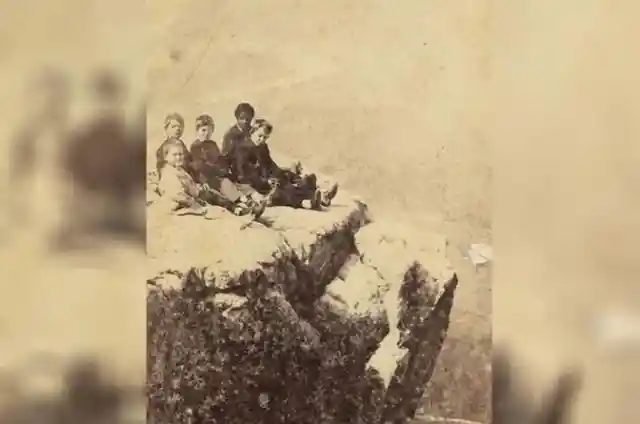
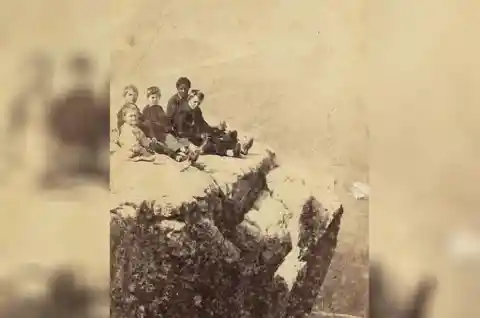
As all of them sit close the cliff’s edge, they turn to the camera to squint through the sun and smile, completely unbothered by the massive drop that hangs just below their feet.
LA Plaza
In the 1860’s, Los Angeles was nowhere near the glamourous celebrity lifestyle and traffic that it exudes today. It was a desolate and harsh land.
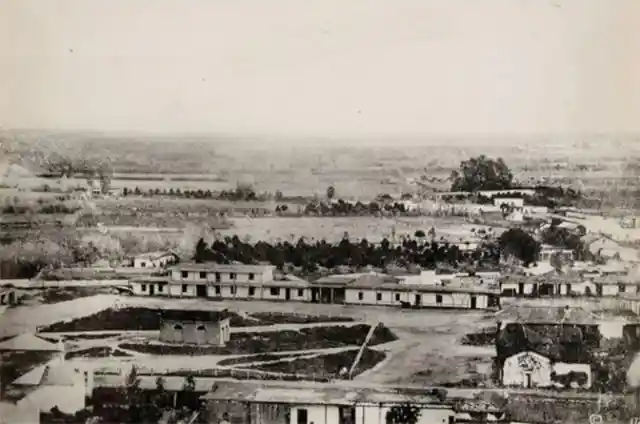
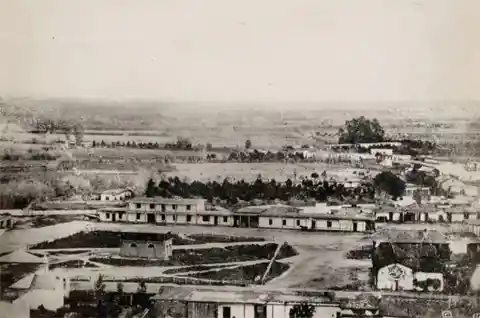
No one knows who took this photograph of the Los Angeles Plaza, but thanks to him or her, we can better appreciate how far the city has come and over such a relatively short period of time.
Bird Tail Rock
This undated photograph, estimated to be taken in the 1800’s details the beautiful and natural features of the Montana state that greatly inspired all types of photographers.
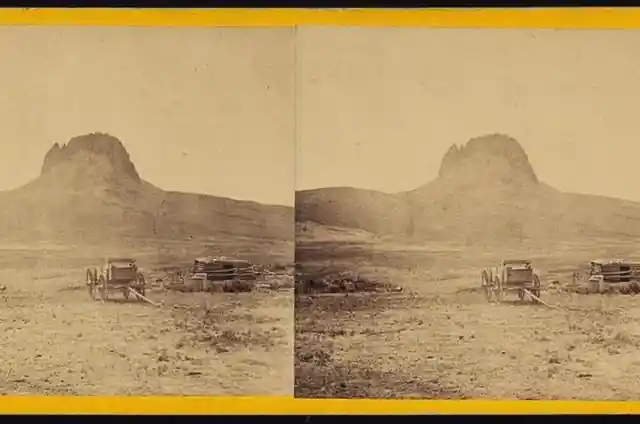
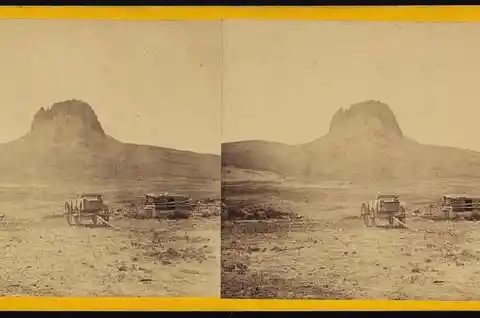
Photographers were attracted to Montana to capture features like Bird Tail Rock. A name that was hailed for the rock formation as it resembles a bird’s tail when observed from the right angle.
Henry Clay
This almost-destroyed picture of the politician, Henry Clay was the first photo to be taken from the state of Kentucky. It was taken in 1852, close to the politician’s death.
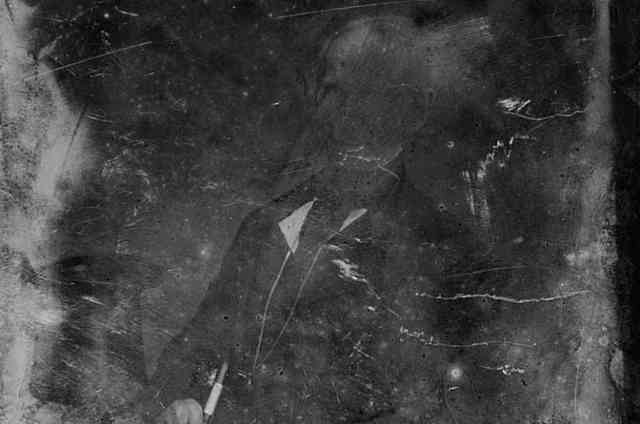
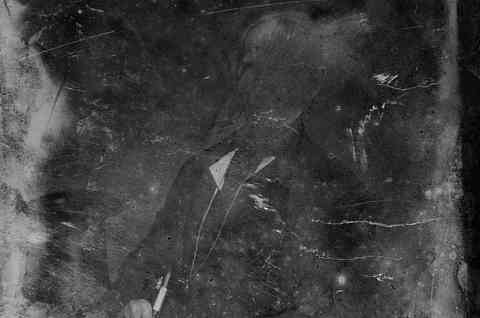
Clay represented the state in both Senate and House and worked on compromises surrounding slavery. He also worked on the rights of the state before the start of the Civil War.
Tlingit People
In 1868, Eadweard Muybridge captured a picture of a group of Tlingit People who lived near Fort Tongass in Alaska. However, Alaska wouldn’t officially become a part of the U.S. until 1959, about a century after this meeting took place.
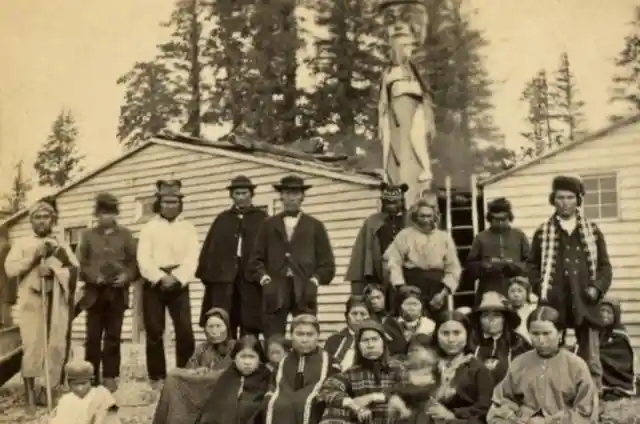
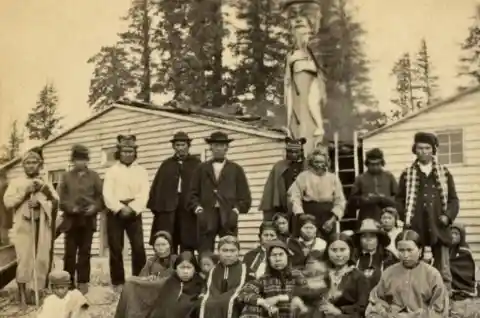
Tlingit translates to “People of the Tides” and they were widely known for their skillful basket and carving arts, as well as their exceptional Chilkat robes and other weavings.
Bitter Creek
This picture of a person working on a trench in Wyoming for Bitter Creek, was captured by Andrew Russell around 1870.
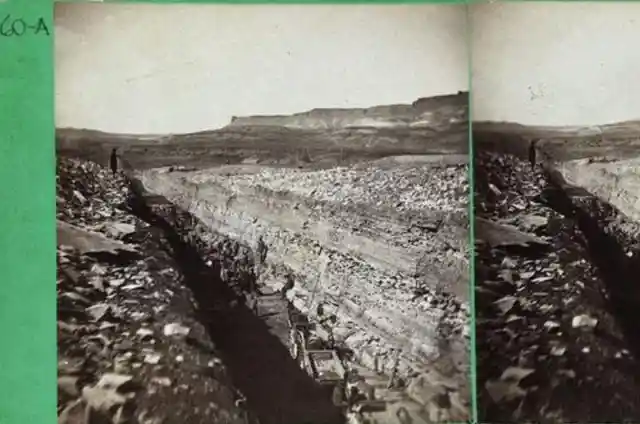
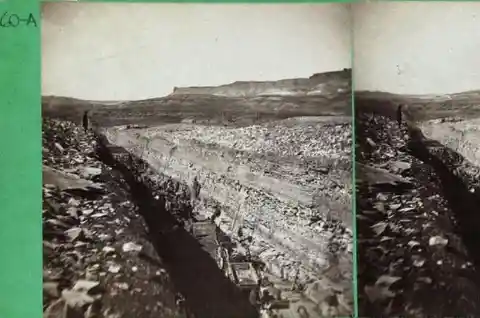
The barren area looks like it was worthy of its disappointing reputation for being a rocky, sandy and often deserted location that’s not very waterful. The person looks longingly into the dried up creek.
The Ranters
This photograph of The Ranters, a singing club at Bethany College in 1850, is probably one of the most unique pictures on this list. This photo belongs to the state of Virginia.
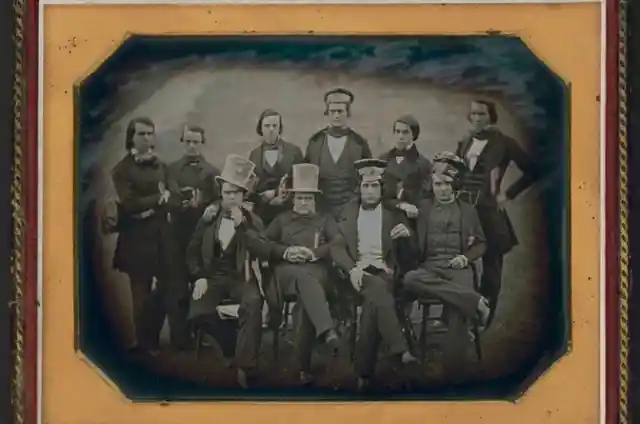
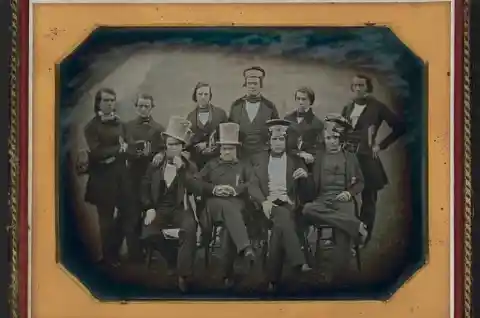
Someone photographed The Ranters, capturing their funny hats and hairstyles, which might explain why singing wasn’t their only focus. They also enjoyed pulling pranks.
Indian Reorganisation Act
In 1934, President Franklin Roosevelt signs the Indian Reoragnisation Act, pushing tribal communities to succumb to U.S-style governance.
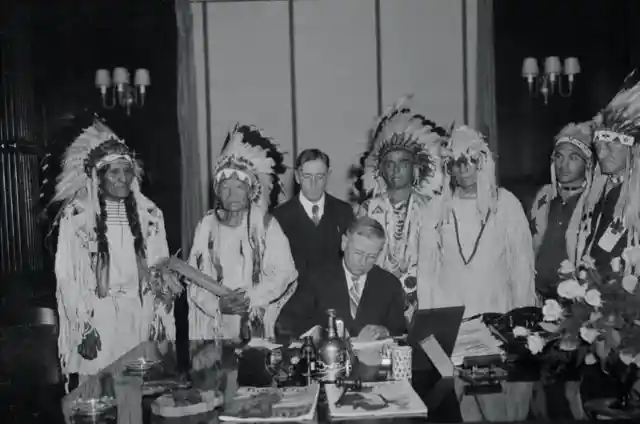
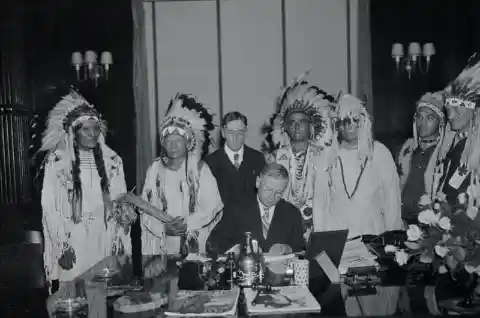
The act was designed to offer federal subsidies to tribes that adopted US-like constitutions and replace their governments with city council–style governments. However, these promises were never fully realized and transcibes from hearings on the matter quote tribe elders questioning the format of the act.
Eskimo Medicine Man
No one is quite sure when exactly this picture was taken, but it is speculated to date somewhere between 1900 and 1930. This image shows an Eskimo medicine man and sick boy in Alaska.
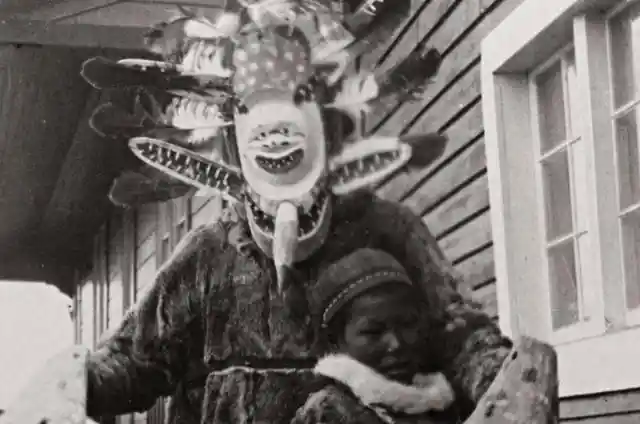
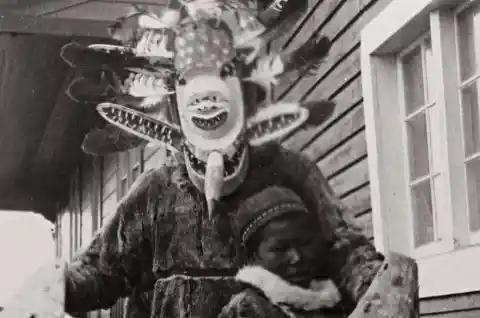
The Eskimo medicine man is pictured wearing furs, a mask and oversized model hands as he stands on the wooden porch, exorcising evil spirits from the body of the ill young boy.
Matilda McCrear
This portrait of Matilda McCrear is undated but estimated to have been taken around the early 1900’s. When Matilda was just 2 years old, she was a captive aboard the infamous Clotilda slave ship that sailed from Africa to Mobile, Alambama in 1860.
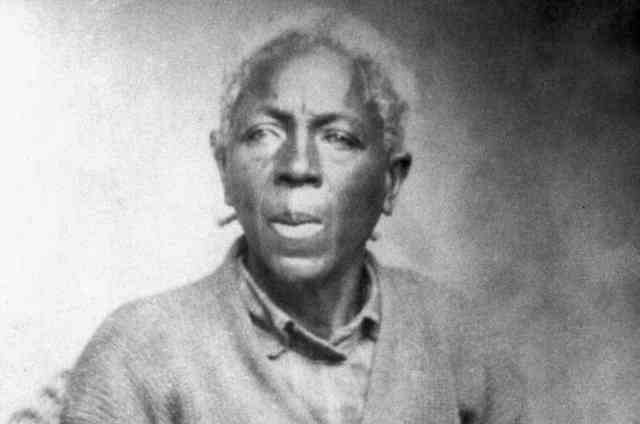
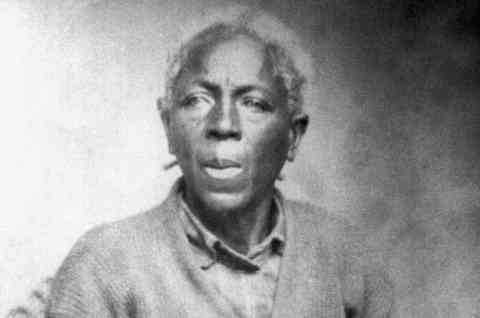
The Clotilda was the last known slave ship to be in operation and Matilda McCrear became the last known survivor of those horrid slave ships.